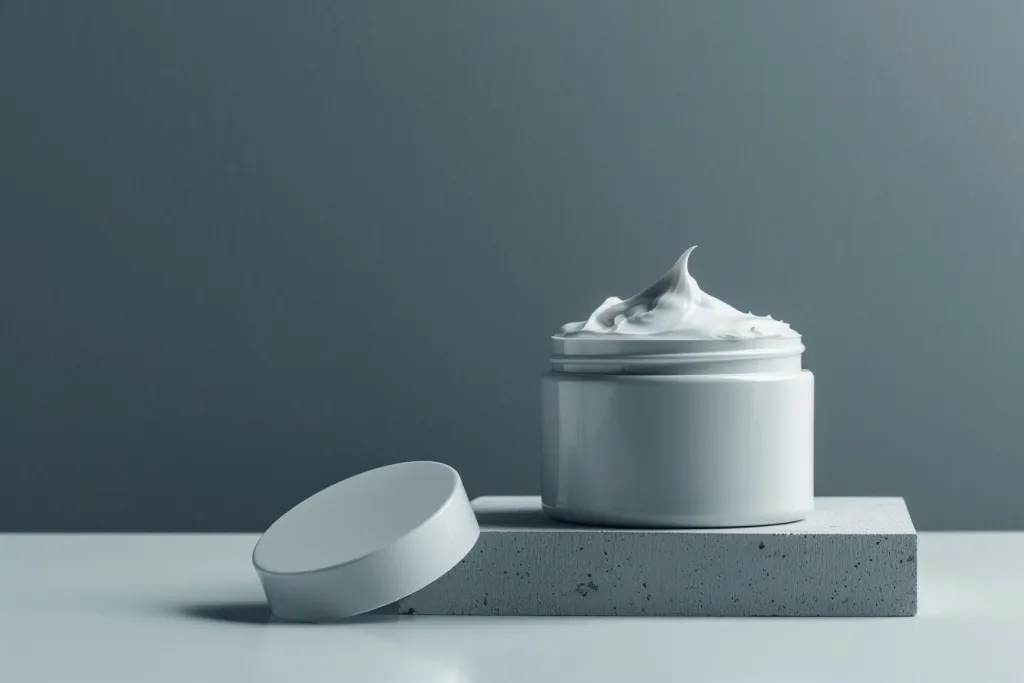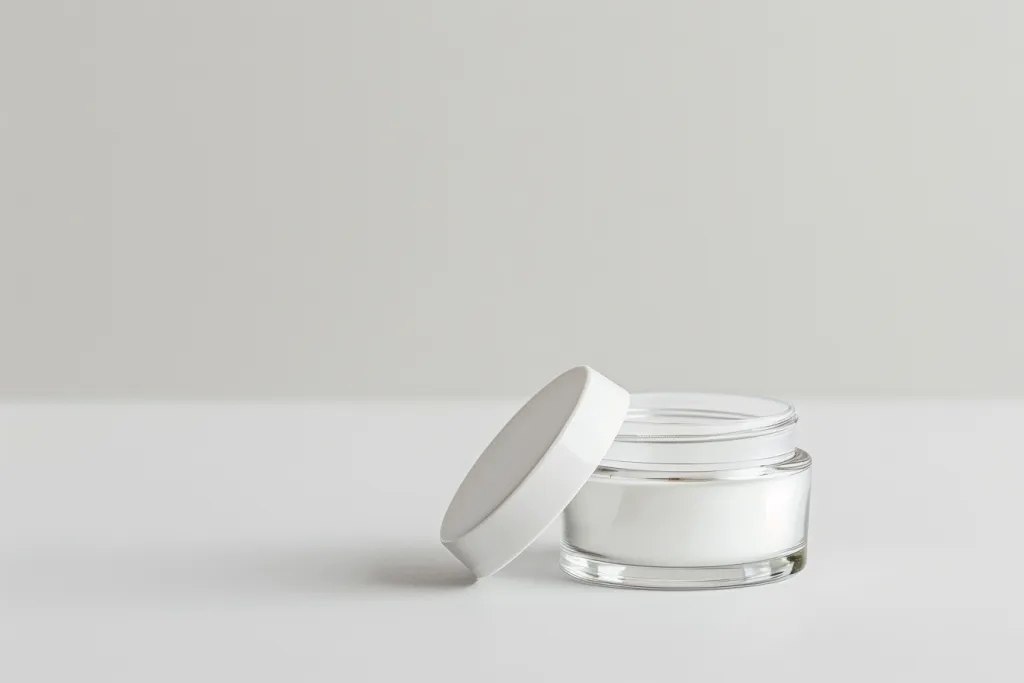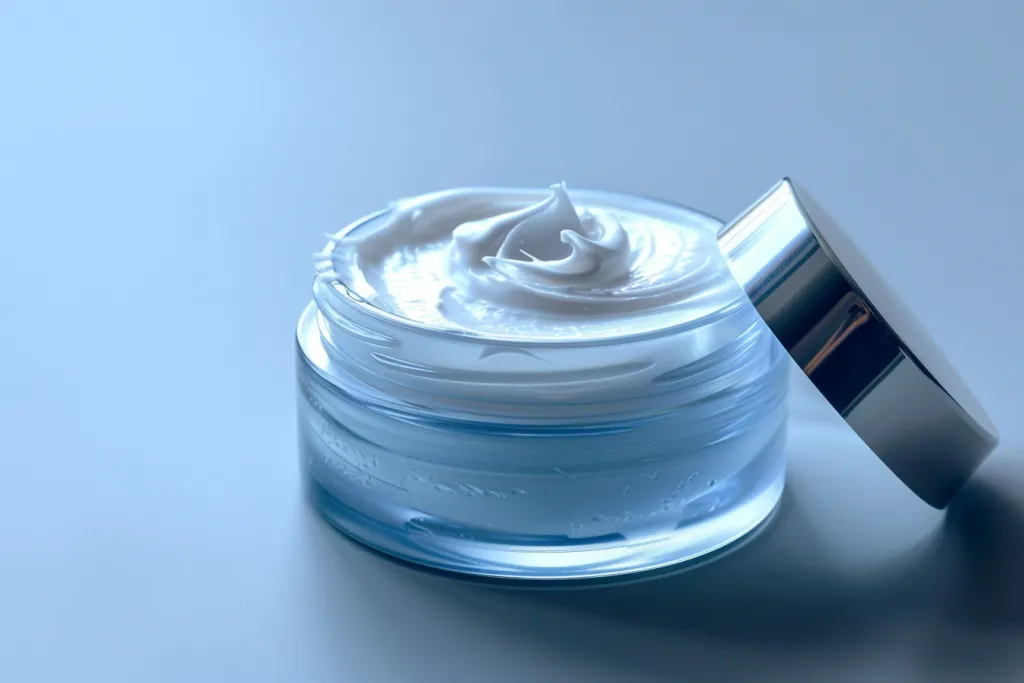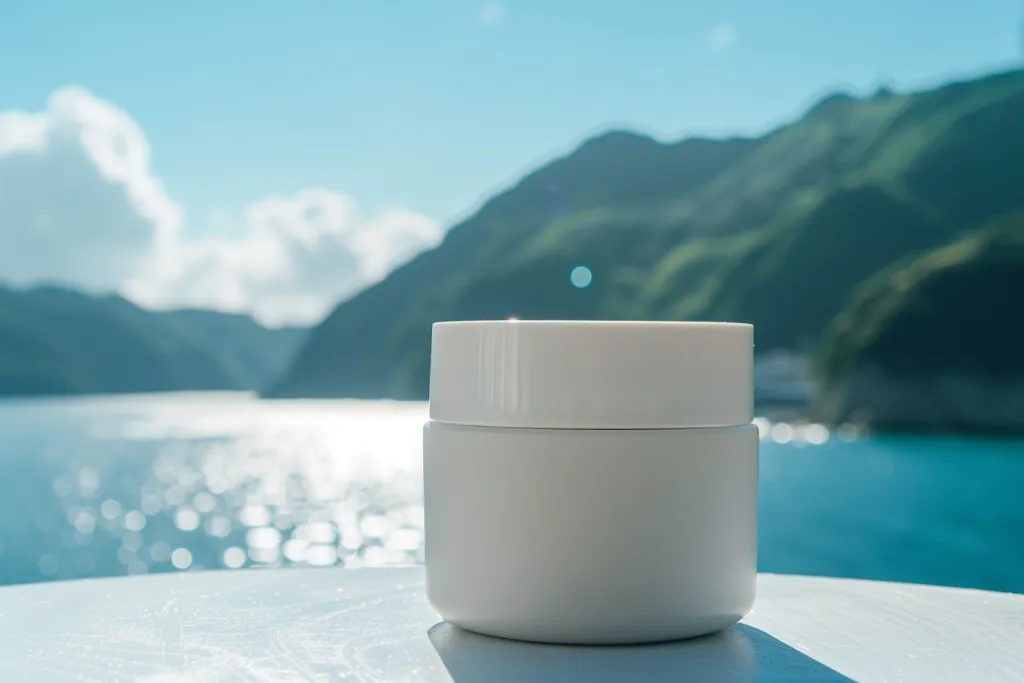The face moisturizer market for dry skin is experiencing significant growth, driven by increasing consumer awareness and advancements in skincare technology. As the demand for effective hydration solutions rises, businesses must stay informed about market trends and consumer preferences to remain competitive.
Table of Contents:
– Market Overview
– Rising Demand for Natural and Organic Ingredients in Face Moisturizers
– Technological Innovations Enhancing Moisturizer Efficacy
– Personalized Skincare Solutions Gaining Traction
– Final Thoughts
Market Overview

Key Market Statistics and Growth Projections
The face moisturizer market is poised for substantial growth in the coming years. According to a professional report, the North America Moisturizer Market is expected to witness a compound annual growth rate (CAGR) of 4.8% from 2024 to 2031. In 2020, the market volume surged to 50.54 million units, showcasing a growth of 10.5% from 2020 to 2023. The US market, in particular, dominated the North America Moisturizer Market in 2023 and is projected to achieve a market value of $2.72 billion by 2031. This growth is fueled by technological advancements in skincare, such as encapsulation technology, which enhances the efficacy of moisturizers by ensuring the targeted delivery of active ingredients.
Insights into Consumer Demographics and Preferences
Consumer preferences for face moisturizers are evolving, with a growing emphasis on skincare as an essential part of daily routines. In North America, social media influencers like James Charles and Jeffree Star have played a pivotal role in promoting skincare routines, highlighting the importance of moisturization. This influence extends beyond national boundaries, encouraging the adoption of moisturizing products globally. The market is segmented by type, form, and end-user, with face moisturizers catering to various skin concerns, including dryness, aging, and sensitivity. The Canada market, for instance, is projected to utilize 16.30 million units of moisturizers by 2031, reflecting a CAGR of 7.2% from 2024 to 2031.
Competitive Landscape and Major Players
The competitive landscape of the face moisturizer market is characterized by the presence of major players who continuously innovate to meet consumer demands. Key companies profiled in the market include L’Oreal S.A., Unilever PLC, The Procter & Gamble Company, Johnson & Johnson, Kao Corporation, The Estee Lauder Companies, Inc., Shiseido Company Limited, Beiersdorf AG, Henkel AG & Company, KGaA, and Coty, Inc. These companies leverage advancements in biotechnology to introduce novel ingredients that offer unique skin benefits. For example, the combination of hyaluronic acid and peptides in products like Neutrogena Rapid Wrinkle Repair Moisturizer delivers intense hydration and aids in reducing fine lines and wrinkles. The market is also segmented by form, with cream moisturizers being particularly valued for their rich consistency, making them effective in treating dry, sensitive, and mature skin.
In conclusion, the face moisturizer market for dry skin is set for robust growth, driven by technological advancements, evolving consumer preferences, and the influence of social media. Businesses must stay abreast of these trends to capitalize on the opportunities in this dynamic market.
Rising Demand for Natural and Organic Ingredients in Face Moisturizers

Consumer Shift Towards Clean Beauty Products
In recent years, there has been a significant shift in consumer preferences towards clean beauty products, particularly in the face moisturizer segment. This trend is driven by an increasing awareness of the potential health risks associated with synthetic chemicals and a growing desire for products that are perceived as safer and more environmentally friendly. According to a report by Research and Markets, the demand for natural and organic skincare products has surged, with consumers prioritizing ingredients that are sustainably sourced and free from harmful additives. This shift is particularly pronounced among millennials and Gen Z consumers, who are more likely to scrutinize product labels and seek out brands that align with their values.
Brands like Tata Harper and Drunk Elephant have capitalized on this trend by offering face moisturizers formulated with natural and organic ingredients. Tata Harper’s products, for instance, are made with ingredients sourced from the brand’s own farm in Vermont, ensuring transparency and quality. Similarly, Drunk Elephant’s commitment to using only clean, biocompatible ingredients has resonated with consumers, making it a popular choice in the clean beauty market.
Popular Natural Ingredients for Dry Skin Moisturizers
Natural ingredients have become the cornerstone of many face moisturizers designed for dry skin. Ingredients such as hyaluronic acid, shea butter, and aloe vera are highly sought after for their hydrating and soothing properties. Hyaluronic acid, a naturally occurring substance in the skin, is renowned for its ability to retain moisture, making it an essential ingredient in many dry skin formulations. Shea butter, derived from the nuts of the shea tree, is rich in vitamins and fatty acids that nourish and protect the skin. Aloe vera, known for its soothing and anti-inflammatory properties, is another popular ingredient that helps to alleviate dryness and irritation.
Brands like Kiehl’s and Origins have incorporated these natural ingredients into their face moisturizers to cater to the growing demand for effective, natural skincare solutions. Kiehl’s Ultra Facial Cream, for example, features squalane and glacial glycoprotein to provide long-lasting hydration, while Origins’ Drink Up Intensive Overnight Mask uses avocado and Swiss glacier water to deeply moisturize and replenish the skin.
Impact of Ingredient Transparency on Purchasing Decisions
Ingredient transparency has become a critical factor influencing consumer purchasing decisions in the beauty and personal care industry. Consumers are increasingly demanding to know what is in their products and how these ingredients are sourced. This demand for transparency is driven by a desire for safety, efficacy, and ethical considerations. Brands that provide clear and detailed information about their ingredients and sourcing practices are more likely to gain consumer trust and loyalty.
A professional report highlights that brands like The Ordinary and Paula’s Choice have set new standards for ingredient transparency in the skincare market. The Ordinary, for instance, lists all active ingredients on its product packaging and provides detailed explanations of their benefits on its website. Paula’s Choice goes a step further by offering a comprehensive ingredient dictionary that educates consumers about the function and safety of each ingredient used in its products. This level of transparency not only builds trust but also empowers consumers to make informed choices about their skincare routines.
Technological Innovations Enhancing Moisturizer Efficacy

Advanced Formulations for Deep Hydration
Technological advancements in skincare formulations have significantly enhanced the efficacy of face moisturizers, particularly those designed for deep hydration. Innovations such as encapsulation technology and the use of bioactive ingredients have revolutionized the way moisturizers deliver hydration to the skin. Encapsulation technology involves enclosing active ingredients in microscopic capsules that protect them from degradation and ensure their targeted delivery to the skin. This technology allows for the gradual release of active ingredients, providing sustained hydration throughout the day.
Brands like Neutrogena and Olay have leveraged these advancements to create highly effective moisturizers. Neutrogena’s Hydro Boost Water Gel, for example, uses hyaluronic acid and glycerin encapsulated in a gel matrix to provide intense hydration without a greasy feel. Olay’s Regenerist Micro-Sculpting Cream features advanced amino-peptide complex II, which penetrates deep into the skin’s surface to deliver moisture and improve elasticity.
Role of Biotechnology in Skincare Products
Biotechnology has played a pivotal role in the development of innovative skincare products, including face moisturizers. By harnessing the power of living organisms and biological processes, biotechnology has enabled the creation of novel ingredients that offer unique skin benefits. For instance, peptides, which are short chains of amino acids, can stimulate collagen production and improve skin elasticity. Similarly, probiotics, which are beneficial bacteria, can help to balance the skin’s microbiome and enhance its natural defenses.
Brands like La Roche-Posay and Biossance have incorporated biotechnological ingredients into their face moisturizers to deliver superior results. La Roche-Posay’s Toleriane Double Repair Face Moisturizer contains prebiotic thermal water to support the skin’s microbiome, while Biossance’s Squalane + Probiotic Gel Moisturizer uses probiotics to calm and hydrate the skin.
Smart Packaging Solutions for Better User Experience
Smart packaging solutions have emerged as a key trend in the skincare industry, enhancing the user experience and ensuring product efficacy. Innovations such as airless pumps, UV-protective packaging, and smart sensors have improved the way moisturizers are stored and dispensed. Airless pumps, for example, prevent air from entering the product container, reducing the risk of contamination and oxidation. UV-protective packaging shields sensitive ingredients from light exposure, preserving their potency.
Brands like Dr. Jart+ and Clinique have adopted smart packaging solutions to enhance their face moisturizers. Dr. Jart+’s Ceramidin Cream comes in an airless pump bottle that ensures the product remains fresh and effective. Clinique’s Smart Clinical MD Multi-Dimensional Age Transformer Duo features a dual-chamber jar that keeps two different formulations separate until they are dispensed, allowing for customized application.
Personalized Skincare Solutions Gaining Traction

Customizable Moisturizers Based on Skin Type and Needs
The demand for personalized skincare solutions has been on the rise, with consumers seeking products tailored to their specific skin type and needs. Customizable moisturizers allow consumers to create bespoke formulations that address their unique skin concerns, such as dryness, sensitivity, or aging. This trend is driven by the recognition that one-size-fits-all products may not be effective for everyone and that personalized solutions can deliver better results.
Brands like Curology and Function of Beauty have pioneered the concept of customizable skincare. Curology offers personalized face moisturizers based on an online skin assessment and consultation with a licensed dermatology provider. Function of Beauty allows consumers to customize their moisturizers by selecting their skin type, concerns, and preferred ingredients, resulting in a product that is uniquely suited to their needs.
Use of AI and Data Analytics in Product Recommendations
Artificial intelligence (AI) and data analytics have transformed the way skincare products are recommended to consumers. By analyzing vast amounts of data on skin types, concerns, and preferences, AI-powered systems can provide highly accurate and personalized product recommendations. These technologies enable brands to offer tailored skincare solutions that are more likely to meet the needs of individual consumers.
Brands like Proven and Atolla have integrated AI and data analytics into their skincare offerings. Proven uses a proprietary algorithm to analyze data from over 8 million consumer reviews and scientific articles to recommend personalized face moisturizers. Atolla employs AI to analyze skin data collected through a home test kit, providing customized product recommendations based on the results.
Consumer Willingness to Pay for Tailored Skincare Products
The growing demand for personalized skincare solutions has also led to an increased willingness among consumers to pay a premium for tailored products. Consumers recognize the value of products that are specifically designed to address their unique skin concerns and are willing to invest in solutions that promise better results. This willingness to pay for personalized skincare is particularly evident among millennials and Gen Z consumers, who prioritize efficacy and customization in their beauty routines.
A professional report indicates that brands like SkinCeuticals and Clinique have successfully tapped into this market by offering premium, personalized skincare solutions. SkinCeuticals’ Custom D.O.S.E service allows consumers to create bespoke serums based on a professional skin assessment, while Clinique’s Clinique iD system offers customizable moisturizers with different active ingredient cartridges to address specific skin concerns.
Final Thoughts
The face moisturizer market for dry skin is evolving rapidly, driven by trends such as the demand for natural and organic ingredients, technological innovations, and personalized skincare solutions. Brands that embrace these trends and prioritize ingredient transparency, advanced formulations, and customization are well-positioned to succeed in this dynamic market. As consumers continue to seek out products that align with their values and meet their unique needs, the future of face moisturizers looks promising, with ample opportunities for innovation and growth.




